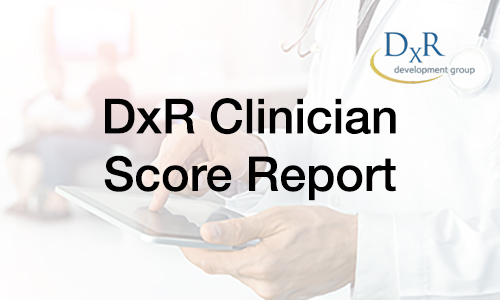DxR Clinician is a web-based patient simulation software that helps teach and evaluate clinical reasoning skills. Students will have the opportunity to assess and diagnose a patient’s problem online. It is a tool to train up the ability of student to use content knowledge to interpret the clinical evidence collected from the patient before making decisions about the final diagnosis and management plan.
- Develop a working hypothesis list and follow the evidence to support your final diagnosis.
- Organize key findings and prioritize your problem list, record SOAP notes, and develop a treatment plan.
- Learn from immediate performance feedback at the end of the case.

Faculty member could acquire statistics of student’s activity and generate overall performance evaluation scores. The comprehensive evaluation system allows instructors to identify students level according to their problem-solving process.
- Directory Management
- Student Score Report
- Case Edit

DxR Clinician is a web-based patient simulation software that helps teach and evaluate clinical reasoning skills. Students will have the opportunity to assess and diagnose a patient’s problem online. It is a tool to train up the ability of student to use content knowledge to interpret the clinical evidence collected from the patient before making decisions about the final diagnosis and management plan.
- Develop a working hypothesis list and follow the evidence to support your final diagnosis.
- Organize key findings and prioritize your problem list, record SOAP notes, and develop a treatment plan.
- Learn from immediate performance feedback at the end of the case.




